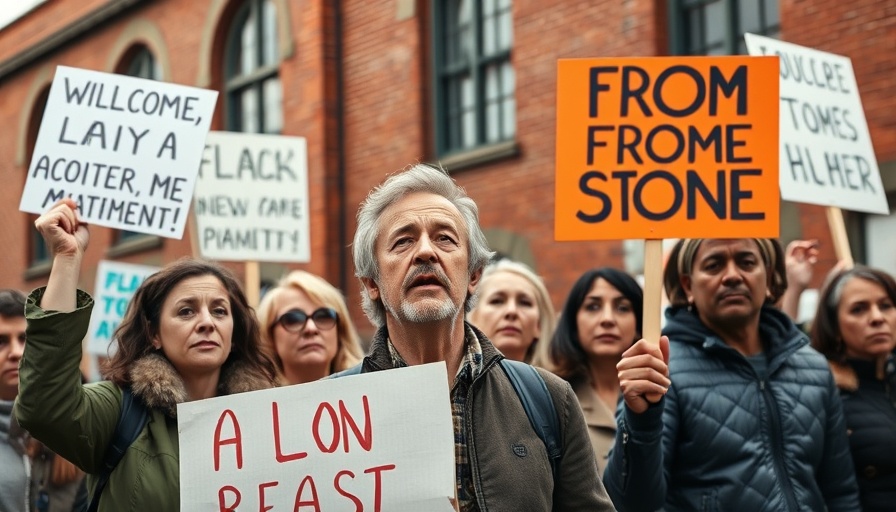
Implications of the Judge's Ruling on UTSA's Plans
The recent ruling in the ongoing conflict regarding the Institute of Texan Cultures is a significant milestone for the University of Texas at San Antonio (UTSA), enabling the institution to proceed with its plan to demolish the site. This decision comes amidst broad discussions about cultural heritage preservation and community identity in San Antonio.
Historical Context and Background
The Institute of Texan Cultures (ITC), established in 1968, was initially envisioned as a collaborative space celebrating Texas' diverse cultural landscape. Over the decades, it has served as a museum that showcases the mix of traditions that define the region. The decision to demolish such an emblematic site raises concerns about the future of cultural representation and historical storytelling in San Antonio.
Public Response: The Voice of the Community
Following the ruling, community members have voiced their opinions passionately, expressing their dismay at losing a vital cultural institution. Some fear that the demolition signifies a broader neglect of the stories and histories that have shaped the local identity. Local organizations and activists are calling for alternative solutions that prioritize cultural preservation while allowing for new developments.
Future Predictions: What Lies Ahead for UTSA?
Looking ahead, the ruling allows UTSA to move forward with its ambitious new development plans aimed at enhancing educational opportunities and community engagement. However, this must be balanced with the community's desire to preserve their cultural narratives. As discussions unfold, the university might face increasing pressure to integrate preservation efforts into future campus expansions.
Actionable Insights: Revitalizing Cultural Heritage
This situation serves as a lesson on the importance of collaborative dialogue between educational institutions and the communities they serve. Future initiatives should include frameworks for integrating cultural heritage into campus life, possibly through partnerships with local artists and historians. Such approaches can provide an avenue for revitalization and ensure that voices from different backgrounds are included in the storytelling process.
Conclusion: The Importance of Cultural Preservation
As UTSA prepares to embark on new endeavors, the community's preservation efforts should not be ignored. The ruling's implications extend beyond bricks and mortar; they challenge the fabric of San Antonio's identity. Engaging community stakeholders early and often could lead to innovative solutions that honor the past while embracing the future of education and urban development.
 Add Row
Add Row  Add
Add 




Write A Comment